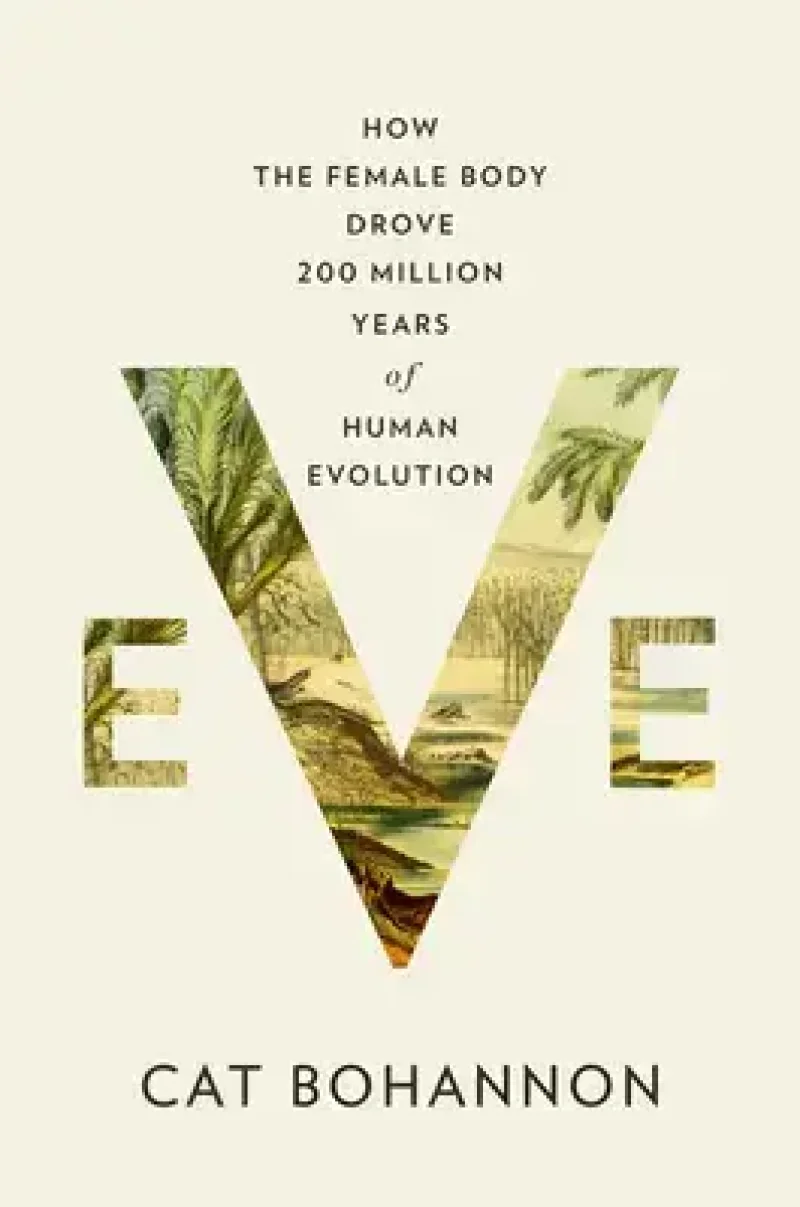What is a woman? In Eve, Cat Bohannon traces the development of female bodies back 200 million years. A writer with a doctorate in the evolution of narrative and cognition, Bohannon offers a refreshing and lively corrective to a story that has focused mainly on male evolution.
“The male body, from mouse to human, is what gets studied in the lab,” writes Bohannon. “Unless we’re specifically researching ovaries, uteri, estrogens, or breasts, the girls aren’t there.” Only since 2016 has any US funding agency required grant recipients to use animals of both sexes in experimental studies. And a Google search for “human lineage images” shows only male hominids, often clutching a spear, club or briefcase.
“I realized we needed a kind of user’s manual for the female mammal,” Bohannon writes. “How our bodies evolved, how they work, what it really means to be a woman.” In a fascinating journey, she traces the history of seven ‘Eves’: the first ancestor to breastfeed, the first to give birth to live young, the first to use tools and so on, up to and including Homo sapiens.































